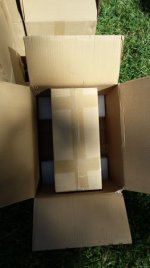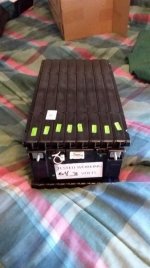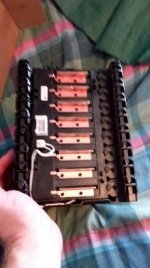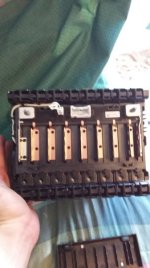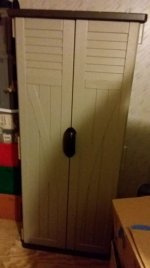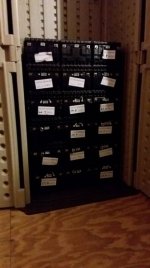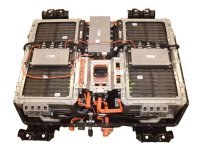I would like to balance charge these to ensure all cells are charged before evaluating the capacity. Capicity should be 90% (we will see what the actual is...) I may end up picking the best 6 and just running with a 40Ahr system.
Yes you would want to balance charge and find your true capacities. You will probably want that extra battery pack for extended range. I woukd definetly design the extra pack into your system as a option if needed. Just remember that you should keep batteries within or less than 1 volt when making the connections of parallel batteries.
I would not want to trip the charger when one cell reaches the max. would that eliminate the relay system?
You may or may not have a choice in this matter. The BMS's job is to protect the battery as the last satety to prevent battery damage and battery fires. Not for normal control of charging/discharging. Most balancing systems included in BMS's only do between 66mah (0.066 amps) up to about 1.2 amp hours. If your chargier is at a rate above the balancing amps then a high cell will keep being charged and be over charged. Example: I have one cell at 4.2vdc and my BMS starts balancing that cell at 1 amp of bleed off. My charger is 5 amps. I am now charging the all cells at 5amps except the high cell which is being charged at 4 amps. All cells continue to rise in voltage. One thing you can do is set the balancing voltage to 4.2 and set the charger disconnect to 4.30vdc... or set both lower for better battery longevity. This would activate the balnacing while allowing the other cells to continue to charge... up to a point. Your BMS will continue to balance any cells that are in a high state above your balance voltage setting regardless of your charger being on or off. Also a good battery pack that is designed properly for the load of the system will not go out of balance very easily. You should not be needing to balance a pack often. Balancing should be only to fix the little, as in tiny, internal resistance differences of the cells that are from manufacturing tolerences. BTW, Above voltages are just for example only... LgChem says these batteries are full at 4.15vdc. So i would not charge above that. LgChem also says to normal charge at 0.3 of capacity and limited use fast charge is 1c. Max charging voltage of 4.3vdc and a remove from service overvoltage of 4.45vdc. A remove from service undervoltage of 2vdc.
or does the relay system burn off excess current like the mosfet system?
I am rather new to BMS systems. I understand the theory but not necessarily the product key words that are used.
The Relays or Mosfets are simply there to disconnect the main output of the battery if any cell goes above or below a max limit. It simply removes the battery from charge and discharge sources to prevent battery damage. All monitoring of individual cells and balancing is a seperate function of the BMS. You have your main battery high amp leads/wires for main power (350vdc) attached to the main output positive and negative. You also have your smaller thinner balance leads/wires for monitoring of individual cells (3.7vdc) and balance of said cells.
Again... the BMS's job is to be the last defence for protecting the battery as a whole and the individual cells. This could posibly any of the following:
Overvoltage/Undervoltage protection of individual cells
Overvoltage/Undervoltage protection of the pack as a whole
Balancing of the cells using passive resistors or active cell to cell balancing
Over current protection
...and so on. How it accomplishes these task can be different such as the relay/mosfet systems. BMS complexity can range from simple proctections all the way to first class complex production auto systems.
At this point i would start a new thread or topic on this forum to ask about what BMS you would need for your setup. This topic is about the batteries themselves. You will get much more advice and questions answered if you make a new topic.
In the new thread you can discuss your needs and what you are doing... and have athread for your progress of your build! 
-YS


